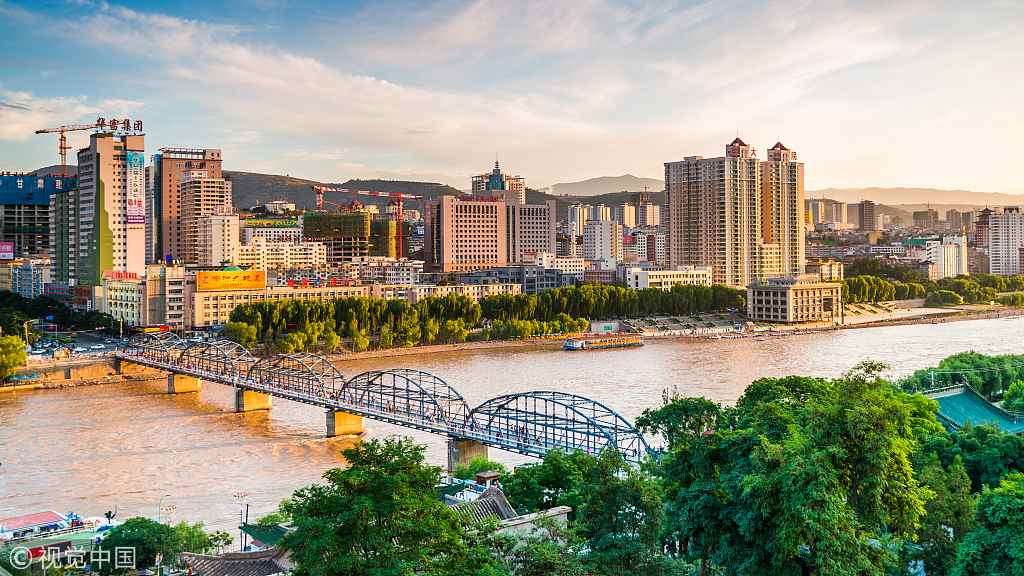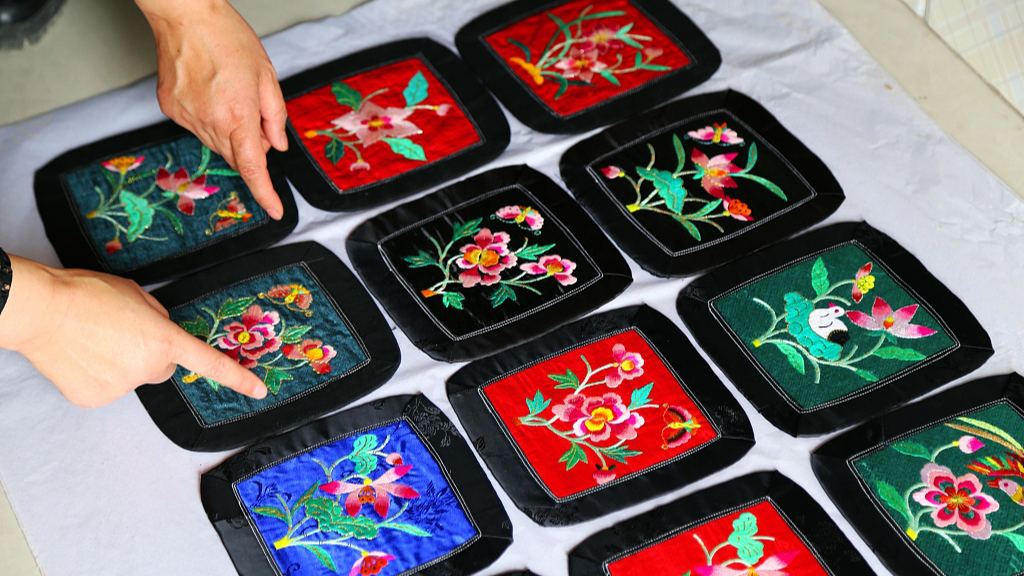
Destination
15:15, 12-Mar-2019
Lanzhou: More than just noodles
CGTN

Shops selling Lanzhou lamian (hand-pulled noodles), named after the capital city of northwestern Gansu Province, can be now found in almost every city in China.
The popularity of the noodles is so great that it overshadows all other attributes of the city, but the local authorities are now trying to change that perception.
In a recent promotional event held in Beijing, the provincial capital said it is not just known of noddles, its 23 cultural tourist spots are equally attractive.

Tourism Festival held in Yuzhong county, Northeast China's Lanzhou City./VCG Photo
Tourism Festival held in Yuzhong county, Northeast China's Lanzhou City./VCG Photo
The city's districts of Chengguan, Qilihe, Honggu, Xigu and Yuzhong County are developing tourist resorts. And Shenjialing, a small mountainous village and a major battle site during China's War of Liberation in the late 1940s, has four cultural squares to show tourists the historical side of the place.
Yongdeng County has plenty of natural resources. It plans to develop Shuping geological park into a 4A scenery spot.
Another attraction is the kushui rose, a highland species that grow in a cold, arid environment.

Danxia landform in Lanzhou./VCG Photo
Danxia landform in Lanzhou./VCG Photo
Located at the southwest of Lanzhou city, Honggu District has also seen rapid development. It is home to 24 types of intangible cultural heritage at both the provincial and city level.
The local art center showcases traditional crafts, such as black pottery production that goes back over 4,600 years, and Honggu embroidery, originally developed in the late Ming (1368-1644) and early Qing (1644-1911) dynasties, which is still dominated by the colors red and green, reflecting the aesthetics of rural China.
The Honggu lantern show based on the Chinese character "fu" (happiness) is an eye-catching temple fair activity.
It is held in the middle of the first month of lunar calender on Yao Street. There, 361 lamps with "fu" characters written on them are hung in 19 rows and columns, signifying the Taoist gods guarding the place and bringing good luck.

Embroidery crafts made by folk artists in Northeast China's Gansu Province./VCG Photo
Embroidery crafts made by folk artists in Northeast China's Gansu Province./VCG Photo
In the past three years, Lanzhou has developed 179 cultural tourism attractions with a total investment amounting to 15 billion yuan (2.2 billion U.S. dollars).
Domestic and foreign travelers made 67.2 million visits to Lanzhou last year, an increase of 24 percent compared to the previous year; and the total tourism revenue year on year experienced a 30 percent growth and reached 59.4 billion yuan.
Li Rongcan, the municipal Party secretary of Lanzhou, says that the municipal finance bureau will continue to spend around 50 million yuan every year to develop the local cultural tourism industry, until the total expenditure reaches 10 billion yuan.
Li says that Lanzhou now has many more opportunities than at any time in the past, and it is now aiming for high-quality development.
(Cover: Lanzhou./VCG Photo.)
Source(s): China Daily

SITEMAP
Copyright © 2018 CGTN. Beijing ICP prepared NO.16065310-3
Copyright © 2018 CGTN. Beijing ICP prepared NO.16065310-3